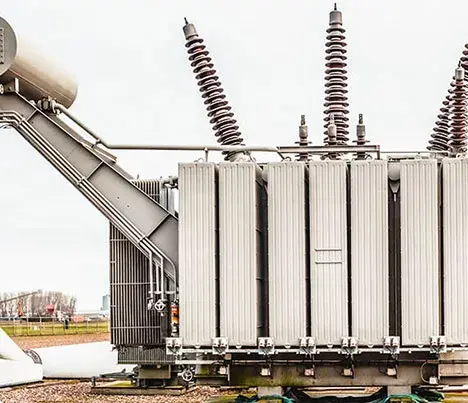
How Many Ways Are There To Regulate Transformer Voltage? Why Are Transformer Joints More On The High Voltage Side?
There are two types of transformer voltage regulation: on-load voltage regulation and no-load voltage regulation:
1. On-load voltage regulation means that the transformer can adjust its joint position in operation, so as to change the transformer power, in order to achieve the purpose of voltage adjustment. On – load voltage regulating transformer and wire end voltage regulating and neutral point voltage regulating two ways, namely the transformer connector in the high voltage winding wire end side or in the high voltage winding neutral point side of the difference. The joint on one side of the neutral point can reduce the insulation level of the tap of the transformer, which has obvious advantages, but the neutral point of the transformer must contact the ground directly when it is running.

2. No-load voltage regulation refers to the transformer in the case of power outage, maintenance to adjust the transformer sub position, so as to change the transformer ratio, in order to achieve the purpose of voltage adjustment.
Transformer splitters are generally tapped from the high voltage side, which mainly considers:
First of all, the transformer high voltage winding is generally on the outside, tap lead connection is more convenient; Secondly, the current on the high voltage side is smaller, the conductor section of the current carrying part of the lead line and the split switch is smaller, and the influence of poor contact can be easily solved. Finally, tap can be on both side, it is use to carry out economic and technical comparison, such as 500kV large step-down transformer tap from the 220kV side, and the 500kV side is fixed.
